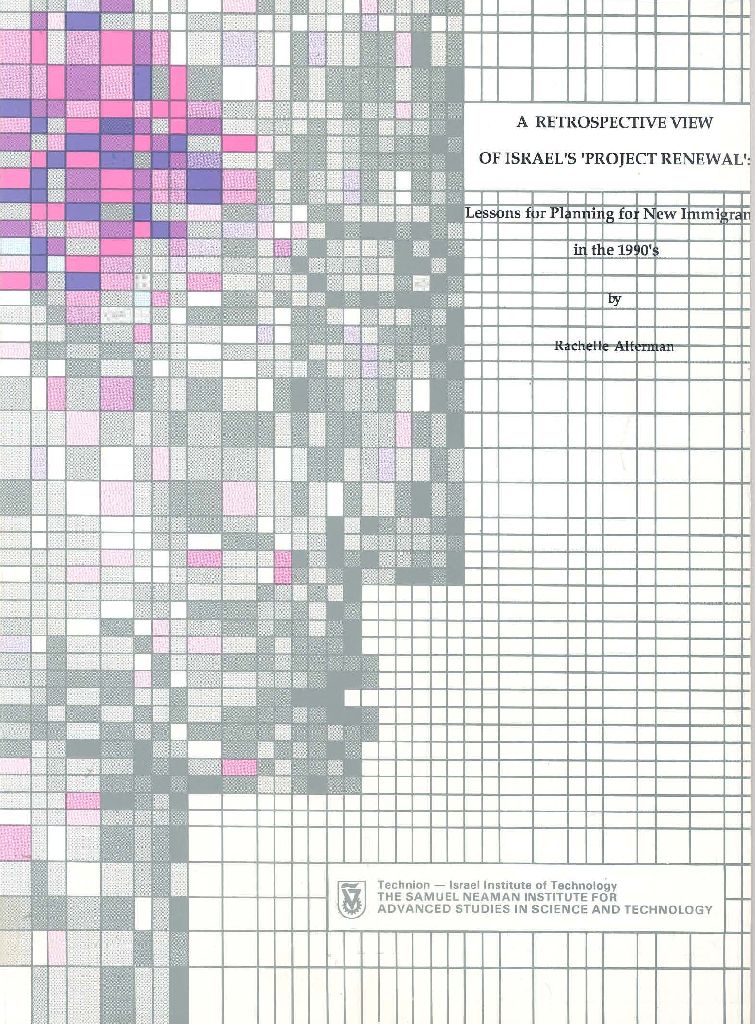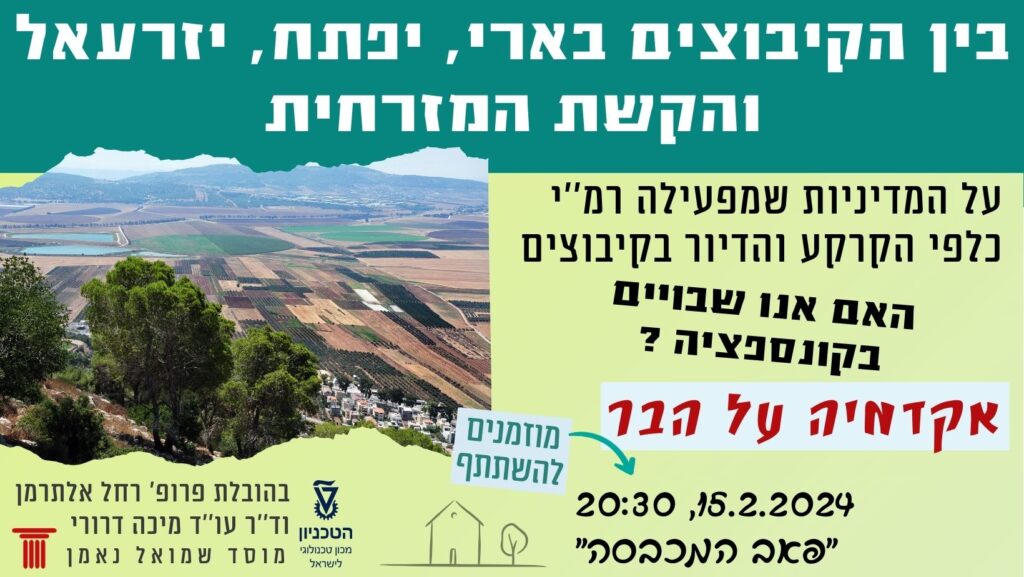Israel’s “Project Renewal” is one of the most ambitious programs for neighborhood regeneration in the world in terms of scale and scope. At its apex in the mid-1980’s Project Renewal encompassed ninety neighborhoods. In small Israel, this has meant that most cities and eligible towns had at least one neighborhood in the project, and that 700,000 persons have been included-approximately 16 percent of the country’s population of 4.5 million. By the late 1980’s, the project had spent some $800 million. In scope, the project was consciously comprehensive, offering programs in housing and infrastructure improvement, educational enrichment, welfare, community and cultural activities, improved health services, and in later years, some modest beginnings in economic development and job training. Project Renewal was to involve neither the relocation of neighborhood population nor gentrification. It was an attempt to draw from international resources on the very latest in how to achieve neighborhood regeneration. To some extent, Project Renewal was modeled after the then-already-defunct American Model Cities Program (Frieden and Kaplan 1987-1988), but has persevered longer and is larger relative to country size.
A project of this magnitude could succeed only by changing institutions-altering their modes of decision making and empowering the local residents. After all, government action-and inaction-were responsible for the formation of most of the neighborhoods needing renewal, as we shall see shortly. Government policies are often part of the problem of declining neighborhoods, as reflected in their increasing dependency on government services and their reduced leveraging power (Alterman 1988). Implementation analysts have been arguing for over a decade that as good as a proposed program might be, implementation cannot be assumed to work simply on the strength of the proposed new policy.












